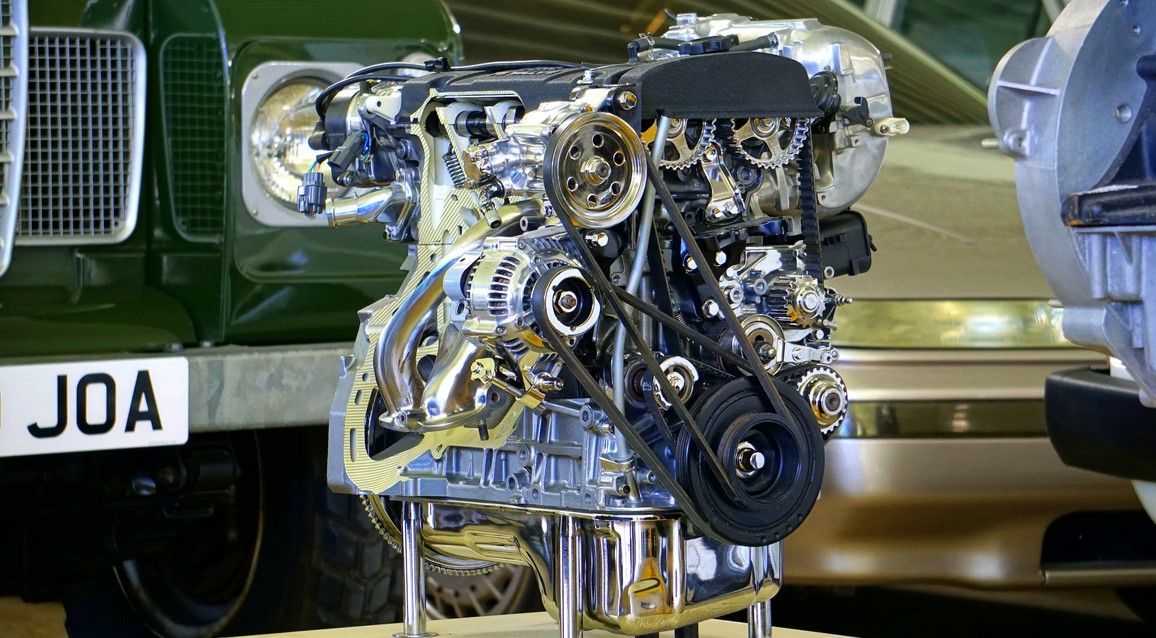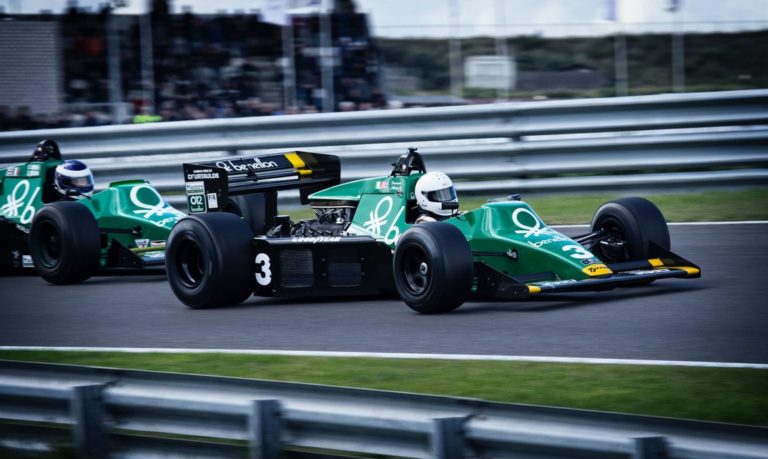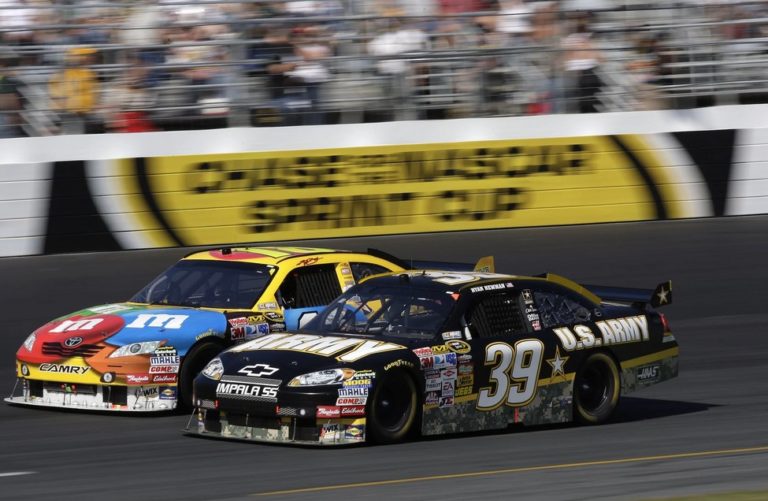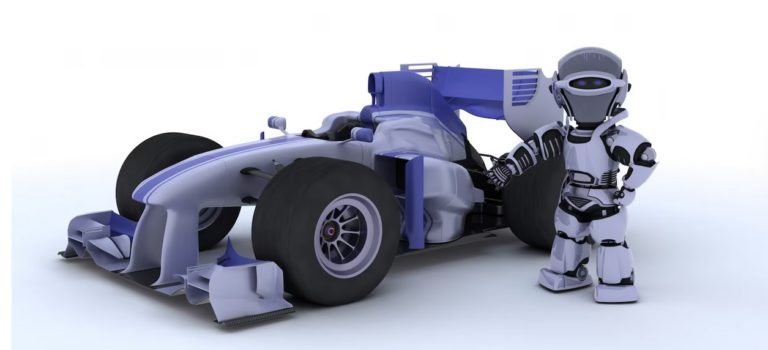The Evolution of Racing Technology: From Rubble to Supercars

Racing cars have undergone a remarkable transformation over the past century, evolving from primitive machines to the highly advanced vehicles of today. Propelled by the endless pursuit of speed, racing has constantly pioneered new technologies that eventually filter down to production automobiles. This article will delve into the major eras in racing car development, analyzing the key innovations and designs that characterized each period. Tracing the journey from the basic cars of the early 1900s to the exotic thoroughbreds of modern times provides fascinating insights into how racing vehicles achieved their current performance levels.
The Pioneering Era: Carts, Steamers and the Advent of IC Engines
Racing first began in France with the Paris-Rouen rally of 1894, when cars were a novelty. The assortment of vehicles included contraptions powered by electricity or steam, with internal combustion (IC) engines making their debut. These early races were more about completing the course rather than outright speed. The first American race took place in 1895 from Chicago to Evanston, with the winner averaging a mere 7 mph over 50 miles. However, speeds improved quickly with the gasoline-powered Duryea automobile recording 26 mph in 1896. This pioneering period saw vehicles built on bicycle or wagon chassis with small engines below 10 hp. Heat, dust and attrition meant few cars actually finished these grueling early “races.” The short wheelbase made handling unpredictable but speeds remained low. With no regulations, innovation was uncontrolled in these heady early years.
Evolution of Racing Cars: A Century of Advancements
Racing cars have undergone a remarkable transformation over the past century, evolving from primitive machines to the highly advanced vehicles of today. Propelled by the endless pursuit of speed, racing has constantly pioneered new technologies that eventually filter down to production automobiles. In this article, we will delve into the major eras in racing car development, analyzing the key innovations and designs that characterized each period.
Tracing the journey from the basic cars of the early 1900s to the exotic thoroughbreds of modern times provides fascinating insights into how racing vehicles achieved their current performance levels.
Premiership Odds: The Intersection of Racing and Betting
Additionally, it’s worth noting the significant impact of racing on the world of sports betting. Racing, including popular events like Formula 1 and NASCAR, has attracted a dedicated following of fans who are not only passionate about the sport but also eager to engage in sports betting.
Premiership odds represent the odds offered by bookmakers on the potential winners and outcomes of top-tier racing championships. These odds fluctuate based on a range of factors, including team performance, driver skill, vehicle specifications, and track conditions.
Betting on racing events has added an extra layer of excitement and engagement for fans, turning races into thrilling spectacles both on and off the track.
Racing’s Broad Influence
As we continue to explore the evolution of racing cars and the innovations that have shaped them, it’s clear that racing’s influence extends beyond the realm of motorsports, reaching into the world of sports betting, where enthusiasts eagerly place their bets in anticipation of the next thrilling race. This dynamic interaction between racing and betting further emphasizes the sport’s enduring appeal and its ability to captivate audiences in various ways.
The Pre-War Era: Souped-Up Production Cars
By the early 1900s, racing became more organized with purpose-built circuits like Brooklands in England. Modified production cars competed, with brands like Fiat, Mercedes and Auto Union dominating the European scene. Power increased steadily, going from 40 hp in 1908 to a mammoth 260 hp by 1914, although 100 mph was still considered fast. Engines ranged from 3 to 6 liters displacement with 2 or 4 valves per cylinder. Bigger carburetors, higher compression and dual ignition improved performance dramatically. Chassis construction evolved from wooden carts to steel ladder or tube frames. Suspensions remained rigid but multiple gears improved speed and flexibility. Tires were critical, with smooth racing slicks enhancing traction and control. Limiting exhaust noise became necessary even in this era!
The Post-War Boom: Spaceframes, Discs Brakes and Increased Speeds
Motorsports thrived after WW2, advancing faster than ever. Power shot up exponentially with 1500cc supercharged engines hitting 400 hp. Multi-stage supercharging and exotic fuels like alcohol and nitromethane were used. Independent suspension with transverse leaf springs improved handling. Ladder chassis continued till the 1950s when Mercedes pioneered lightweight spaceframes. Disc brakes were successfully introduced, providing superior stopping power with reduced fade compared to drums. Average speeds crossed 150 mph and fatalities increased, forcing improvements in circuits, safety harnesses and personal gear. The Formula 1 World Championship began in 1950, quickly advancing chassis and engine technology. Massive crowds now flocked to exciting Grand Prix events.
The Sixties: Aerodynamics, Cosworth DFV and Lotus
This decade marked a watershed for racing cars, with science and engineering now playing a major role. Early progress in aerodynamics using wind tunnels helped shape the advanced monocoque chassis. Jim Hall’s radical Chaparrals featured adjustable wings for cornering, plus automatic transmission. The Cosworth DFV V8 became the benchmark Formula 1 engine, with compact DOHC 4-valve aluminum construction producing over 400 hp. Colin Chapman’s Lotus team spearheaded the lightweight “spaceframe” chassis and 4WD systems. Big-block V8s went up to 7 liters in American drag racing. Tire technology progressed enormously, providing the vital mechanical grip for these increasingly powerful cars.
The 1970s: Ground Effects, Turbocharging and Safety
Bernie Ecclestone transformed the commercial scope of Formula 1, bringing in big sponsors like Marlboro. Tyrrell pioneered “ground effects” where shaped underbody tunnels created massive downforce for cornering. Turbochargers appeared but reliability and lag issues persisted initially. Porsche and Audi exploited their rally experience to conquer endurance racing. Safety increased dramatically following fatal crashes, with roll cages, fireproof suits and improved circuits. The famous McLaren M23 F1 car showed immense attention to detail in design and engineering. Mario Andretti personified the professional, scientifically-trained driver of this era. Television brought racing to a global audience.
The Digital Age: Electronics, Exotic Materials and Hybrid Power
From the 1980s came another seismic shift as electronics and computers transformed racing. Engine management systems enabled precise control of ignition, fuel and turbo boost. Williams F1 partnered with universities for CFD and wind tunnel testing. McLaren built supercars using advanced composite materials like carbon fiber and Kevlar. Traction control appeared, along with active suspension and other driver aids temporarily before subsequent bans. Naturally-aspirated engines reached astounding 18,000 RPM before rules limited displacements. Hybrid powertrains emerged in the 2000s, blending electric and gas propulsion. Modern LMP1 hybrid racers produce over 1000 hp while achieving remarkable fuel efficiency.
Thus, racing cars have achieved astounding performance levels through a relentless drive towards innovation. While early racing was more an adrenaline-fueled pursuit by wealthy enthusiasts, it later transformed into a high-tech proving ground for cutting-edge engineering. Each era built on the progress of previous years, with new materials, aerodynamics and electronics constantly extending the performance boundaries. Racing will continue to rapidly evolve, providing inspiration and technology to excite car enthusiasts worldwide.




